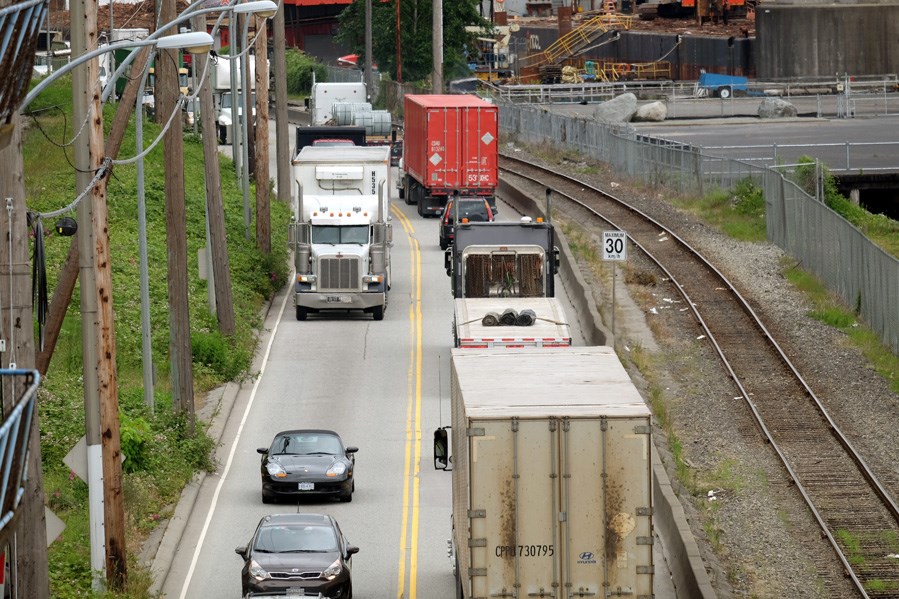New Westminster city council has approved a strategic vision that identifies 31 priorities it will work on in the next three years.
The strategic plan includes five capital projects to be completed by 2018, and 10 more capital projects that will be advanced by 2018. It also includes eight policy and planning initiatives to be completed in 2015 and 2016 and eight more that will be done between 2016 and 2018.
“There are many exciting plans and processes underway. This is an aggressive program,” said Lisa Spitale, the city’s chief administrative officer. “We are going to consult the community at various stages with each initiative and provide council with regular updates.”
Council has been working with staff to develop the strategic plan since soon after the November 2014 civic election.
The capital projects to be competed in the next three years are: an affordable housing project for low- to moderate-income families and seniors; the Front Street parkade and mews components of the waterfront vision; an Intelligent City fibre-optic network; a new animal shelter and tow yard; and the Q2Q pedestrian and bicycle bridge that will link Queensborough to the Quay. Other capital projects to be worked on by 2018 include: library upgrades; waterfront greenway; Sapperton district energy system; train whistle cessation; city hall upgrades; Canada Games Pool and Centennial Community Centre upgrades; sustainable transportation; Massey Theatre replacement; commercial recycling; and sewer rehabilitation.
In 2015 and 2016 the city will complete policy and planning initiatives related to public engagement, an official community plan update, the economic health care cluster around Royal Columbian Hospital, affordable housing policy, master transportation plan implementation strategy, child and youth friendly city strategy, economic development strategy and social equity policy. By 2018, the city aims to complete initiatives related to high-quality and effective organizations, regional leadership, truck route strategy, asset management, environment strategy, a tourism plan, a main street/retail business district attraction and retention strategy, and land acquisition and disposition strategy.
“We are going to be very, very busy over the next three years,” said Mayor Jonathan Cote. “I think this is a very aggressive agenda, but also an important agenda. It takes into consideration that we are facing a number of issues related to transportation, aging infrastructure, and longstanding issues like railway (whistle) cessation tht we’ve been working on for a number of years and trying to find some solutions.”
Coun. Bill Harper said a major link among several of the initiatives is that they relate to economic development strategy, which brings revenues to the city, provides employment and helps business and community members thrive.
“It is a very ambitious program, but I think it is something that we can accomplish,” he said. “Hopefully there won’t be a lot of roadblocks in our way.”
Harper is hopeful the city will once again be able to get grants from the provincial and federal governments to assist with the initiatives contained in the strategic vision.
“Our job really is to juggle the priorities and the budget,” said Coun. Lorrie Williams. “We would love to do it all, but we have to do it in a certain stage and a certain order. It’s a wonderful list.”



